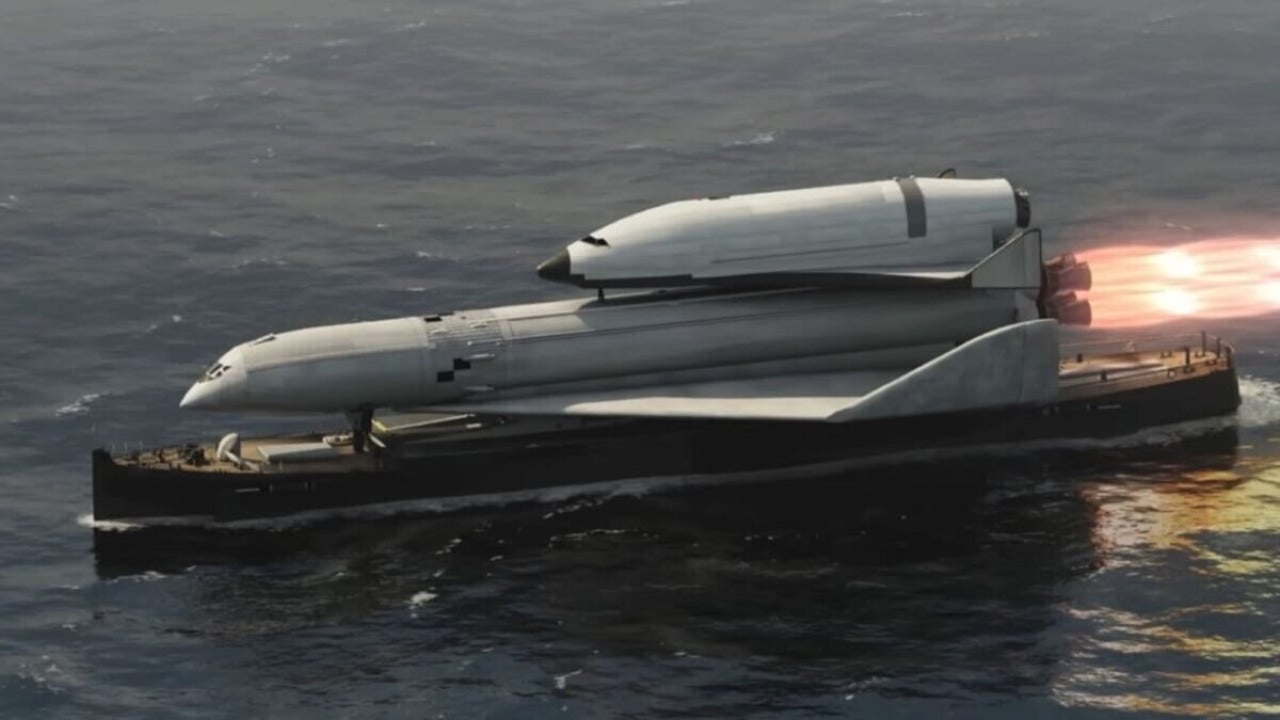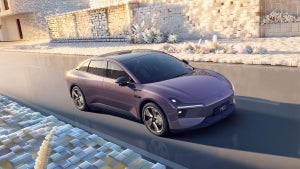News
This is how a Soviet hydrofoil from 1974 taking off to the Moon would look: it’s impressive
The battle to conquer the stars that pitted the USSR against the USA was something marvelous for science.

- October 23, 2023
- Updated: March 7, 2024 at 2:10 PM

During the Cold War, the United States and the Soviet Union engaged in a life-or-death struggle for aerospace supremacy. The goal was not just to reach space, but to dominate it. As you know, NASA emerged victorious in that battle, but it doesn’t negate the fact that the USSR had some incredible ideas.
The Alexeyev/Sukhoi Albatros launch system, proposed in 1974, would have launched a Soviet space shuttle atop a carrier spacecraft, launched from a hydrofoil barge. It was never implemented, but that doesn’t stop people on YouTube from imagining it.
The YouTube channel “Hazegrayart” has created over 100 beautifully rendered videos imagining the launch or operation of some of the strangest aircraft and spacecraft ever proposed in reality or science fiction. And this is one of those videos that is worth watching.
A monster that would sail the seas to reach the stars
The Alexeyev/Sukhoi Albatros, according to Astronautix, was a three-stage launch system capable of sending a space shuttle into the sky without the need for a launch platform or even a runway. All stages would be recoverable and reusable.
Proposed in 1974, the foundation of the system was a 70-meter, 2,000-ton hydrofoil barge called the “Albatros Momentum Block.”
At its rear would sit the Albatros Carrier Aircraft, a 91-meter delta-winged vehicle, weighing 1,250 tons when fully loaded with fuel. It was equipped with a liquid oxygen/liquid hydrogen rocket capable of producing 7.84 million kN of thrust.
Behind it would be the Albatros Raketoplan space shuttle, much smaller at 49 meters in length and 320 tons in weight, equipped with its own 1.96-million kN rocket.
The plan envisaged that the second-stage carrier aircraft would fire its rockets, replenishing its fuel on the fly from a 180-ton reserve on the barge.
This would accelerate the barge to hydrofoil speed, at which point resistance would significantly decrease. The barge would then reach a launch speed of about 180 km/h, less than two minutes after the rocket firing.
At this point, there would be enough lift under the wings of the carrier aircraft for takeoff. The carrier aircraft would elevate the shuttle to a high altitude before detaching and continuing into orbit under the power of its own rocket, while the carrier aircraft would glide back to Earth and land.
Journalist specialized in technology, entertainment and video games. Writing about what I'm passionate about (gadgets, games and movies) allows me to stay sane and wake up with a smile on my face when the alarm clock goes off. PS: this is not true 100% of the time.
Latest from Chema Carvajal Sarabia
You may also like
 News
NewsTesla Reports 49% Drop in Europe While Competitors Thrive
Read more
 News
NewsTesla Board Members Sell Nearly $200 Million in Stock Amid Autonomous Service Doubts
Read more
 News
NewsTesla is losing money insuring its own cars
Read more
 News
NewsXPeng Hits Milestone with 100,000 MONA Vehicles Produced in Record Time
Read more
 News
NewsIt’s no longer about having the best AI model: The challenge lies in agents
Read more
 News
NewsWhen is it better to use Wi-Fi than cable?
Read more